Climate change is one of the most significant threats facing Earth’s ecosystems today. Scientists warn that up to 50% of all species could become extinct if climate change is not halted in time. Extreme weather, melting glaciers, disrupted ecosystems, and broken food chains are rapidly pushing many animals toward the brink of extinction.
In this article, we’ll explore 40 animals that are endangered due to climate change, including polar bears, snow leopards, platypuses, bees, blue whales, narwhals, imperial parrots, Asian Elephants-Are-Endangered.html">elephants, lemurs, reindeer, and hummingbirds. We’ll also examine how climate change is threatening their survival.
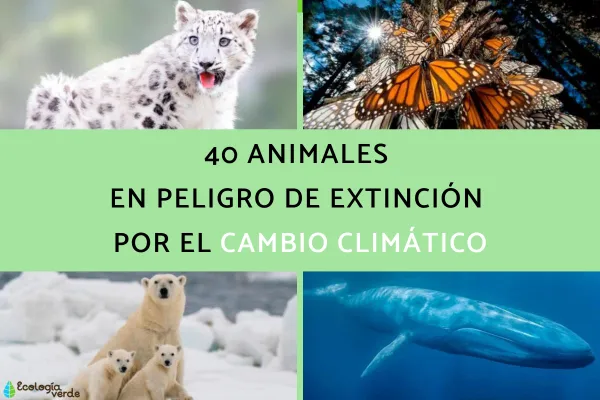
Polar Bears
Snow Leopards
Platypuses
Other Animals Endangered by Climate Change
How Climate Change Leads to Animal Extinction
Polar bears are among the most severely affected mammals due to climate change. As Arctic sea ice continues to melt, polar bears lose access to the hunting platforms they rely on to catch seals. This leads to starvation and even death.
According to the IUCN Red List, only around 22,000 to 31,000 polar bears remain globally, split into 19 subpopulations. Three of these are in serious decline due to the rapid loss of individuals from climate-driven habitat loss.
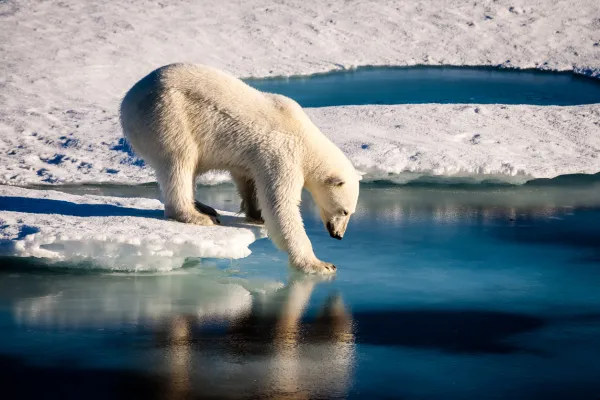
Snow leopards, iconic predators of Central Asia’s mountains, are also under threat. Their population has declined by about 20% in the last two decades. According to WWF, rising temperatures are altering high-mountain ecosystems, reducing prey availability and forcing leopards into smaller, fragmented habitats.
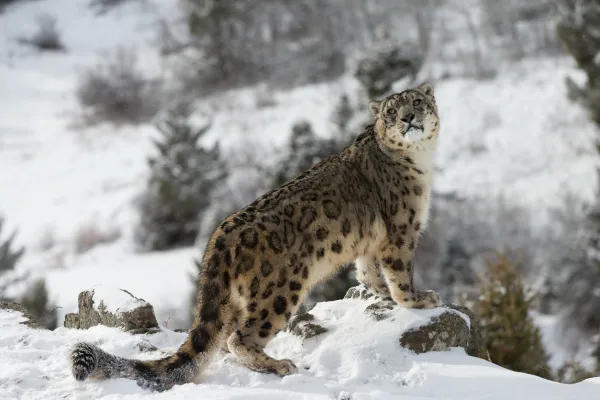
The platypus is a unique mammal native to Australia. Due to increasing temperatures and prolonged droughts, many of their freshwater habitats are drying up. Their population is declining significantly, pushing them toward potential extinction.
International conservation organizations are calling for urgent measures to protect this species before it disappears entirely.
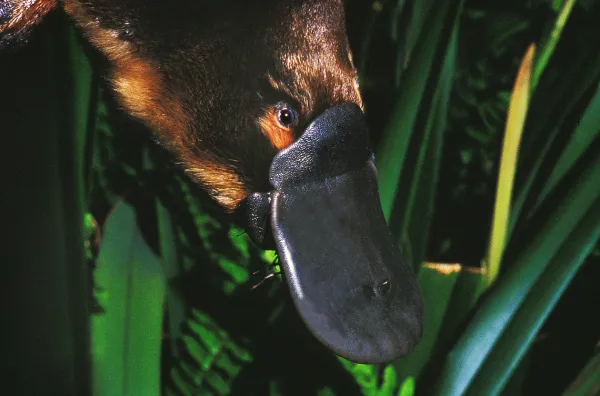
Bees, the planet’s most essential pollinators, are being severely impacted by climate change. Flowering patterns have changed, habitats are being lost, and diseases are spreading faster. Research shows bees are disappearing at rates similar to those seen during past mass extinctions. If this continues, many bee species may vanish within decades, with catastrophic consequences for plant pollination and biodiversity.
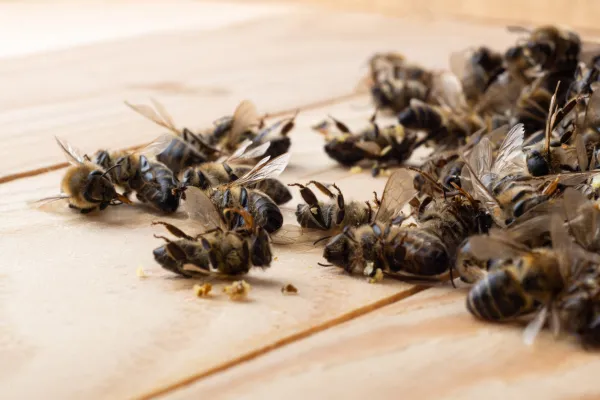
Here is a list of more animals from across the animal kingdom currently endangered due to climate change:
Blue whale (Balaenoptera musculus)
Narwhal (Monodon monoceros)
North American cougar (Puma concolor)
South China tiger (Panthera tigris amoyensis)
Bengal tiger (Panthera tigris tigris)
Pied tamarin (Saguinus bicolor)
American pika (Ochotona princeps)
Orangutan (Pongo pygmaeus)
Giant panda (Ailuropoda melanoleuca)
Kangaroo (Macropus spp.)
Asian elephant (Elephas maximus)
African elephant (Loxodonta africana)
African wild dog (Lycaon pictus)
Koala (Phascolarctos cinereus)
Lemurs (Lemur spp.)
River dolphin (Inia geoffrensis)
Mediterranean monk seal (Monachus monachus)
Ringed seal (Pusa hispida)
Reindeer (Rangifer tarandus)
Iberian desman (Galemys pyrenaicus)
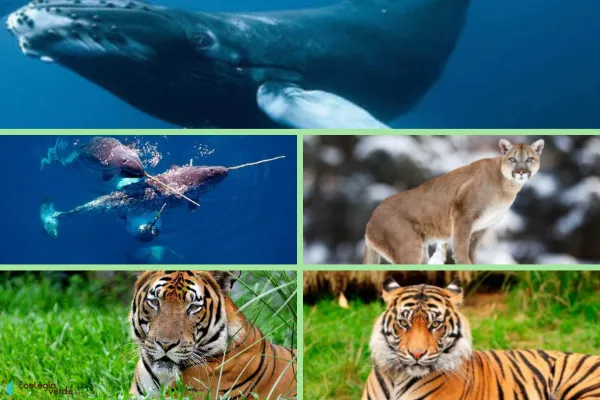

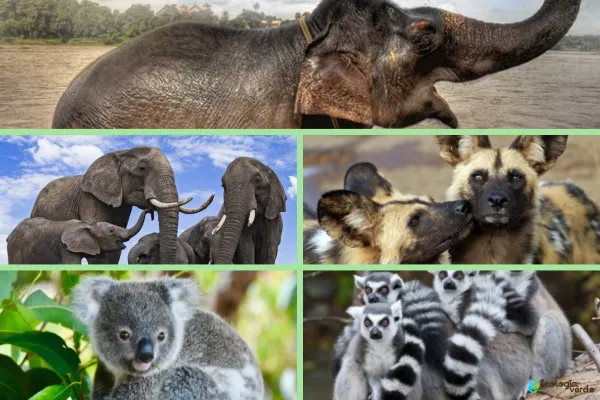
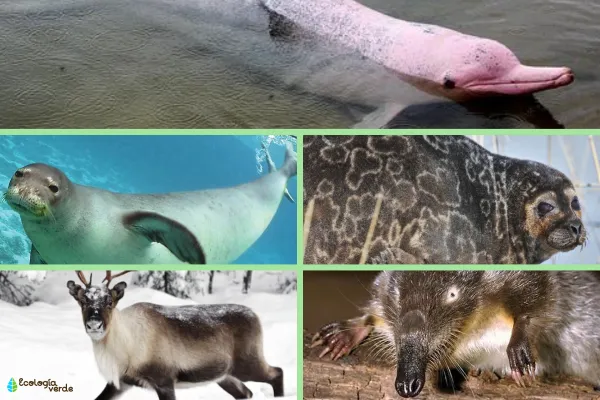
Emperor penguin (Aptenodytes forsteri)
Capercaillie (Tetrao urogallus)
Imperial parrot (Amazona imperialis)
Hummingbirds (various species)
European pied flycatcher (Ficedula hypoleuca)
Cochabamba mountain finch (Poospiza garleppi)
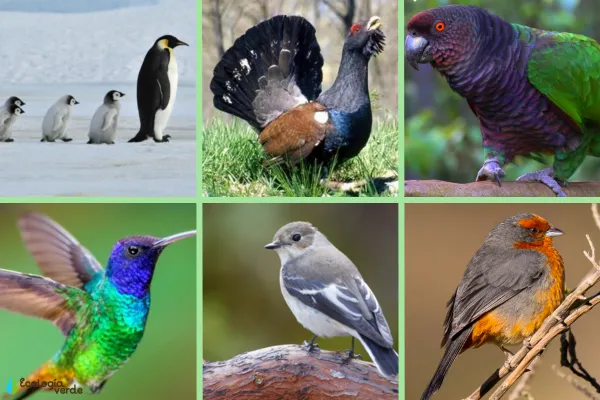
Sharks (various species)
Sea turtles (various species)
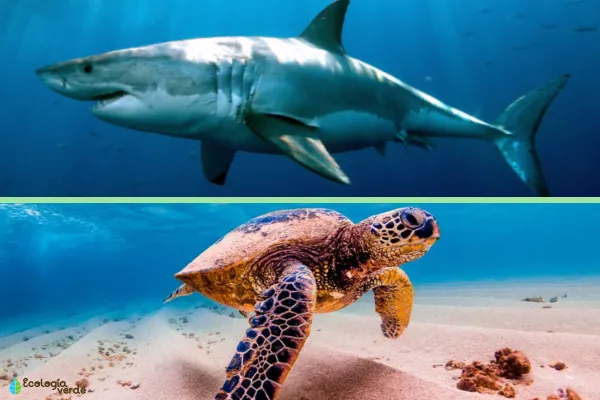
Axolotl (Ambystoma mexicanum)
Tree frog (Hyla spp.)
Common frog (Rana temporaria)
Common toad (Bufo bufo)
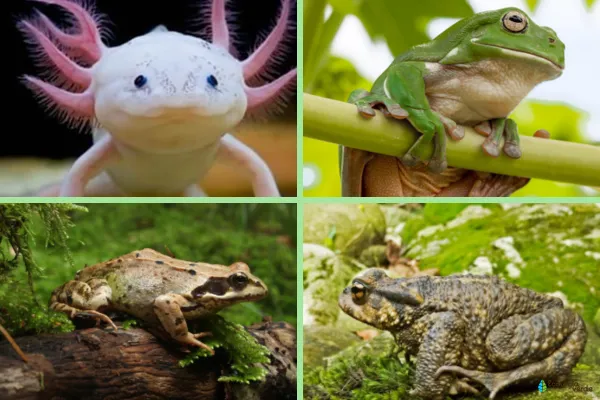
Coral polyps (coral reefs)
Mediterranean butterflies
Monarch butterflies (Danaus plexippus)
Bumblebees (various species)
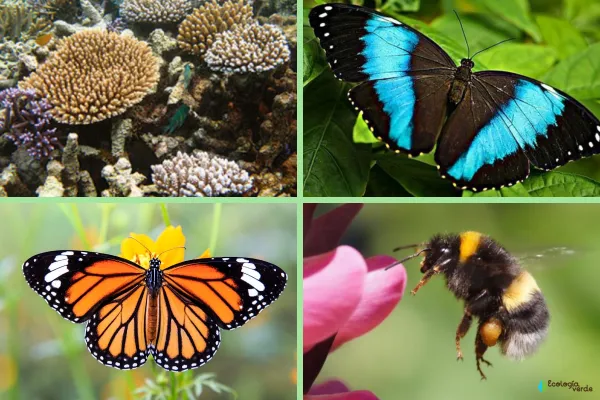
Climate change affects animal survival in both direct and indirect ways. The main consequences include:
Water shortages due to droughts: Long-term droughts destabilize ecosystems and can have lingering effects for years, even after the drought ends.
Disruption of breeding and migration patterns: Climate shifts cause mistimed breeding seasons and disrupt natural behavioral rhythms.
Food chain breakdowns: Many species that used to flourish in specific seasons no longer appear, affecting predators reliant on them.
Extreme weather events: Blizzards, wildfires, tsunamis, and ice melt can wipe out local species and disrupt interspecies relationships.
Increased human-animal conflict: Habitat loss pushes animals into human settlements, where they face threats from poaching, diseases, and competition.
Invasive species and new predators: Warmer temperatures allow invasive species to expand their range, putting additional pressure on native wildlife.
Climate change is altering Earth’s ecosystems at an unprecedented pace. Protecting endangered animals is critical not only for preserving biodiversity but also for safeguarding the planet's environmental stability. Every lost species is a loss to the planet’s natural heritage — and to our future.
To learn more about this topic, check out our section on Endangered Animals.
Bibliography
EFEverde Editorial Team (06/08/2021). WWF warns that the Mediterranean is becoming a tropical sea. EFE: Verde, Biodiversity and Climate Section. Retrieved from: https://www.efeverde.com/noticias/wwf-alerta-mediterraneo-mar-tropical/
Uquillas, L. (09/22/2019). Climate change and loss of habitat, threats to the snow leopard. EFE: Verde, Biodiversity Section. Retrieved from: https://www.efeverde.com/noticias/cambio-climatico-amenazas-leopardo-nieves/
Editorial Team (01/20/2020). The platypus on the way to extinction due to climate change. EFE: Verde, Biodiversity and Climate Section. Retrieved from: https://www.efeverde.com/noticias/ornitorrinco-camino-la-extincion-culpa-del-cambio-climatico/
Rodríguez, H. (02/06/2020) What bumblebees tell us about the next great extinction. National Geographic Spain, Climate Change section. Retrieved from: https://www.nationalgeographic.com.es/naturaleza/que-nos-cuentan-abejorros-sobre-proxima-gran-extincion_15161
animal tags: endangered animals
We created this article in conjunction with AI technology, then made sure it was fact-checked and edited by a Animals Top editor.